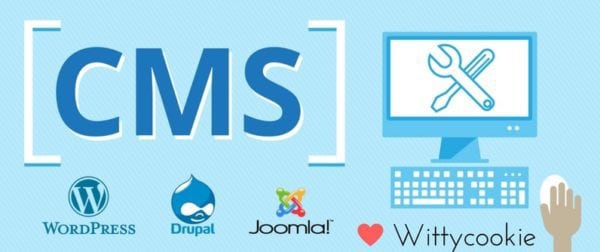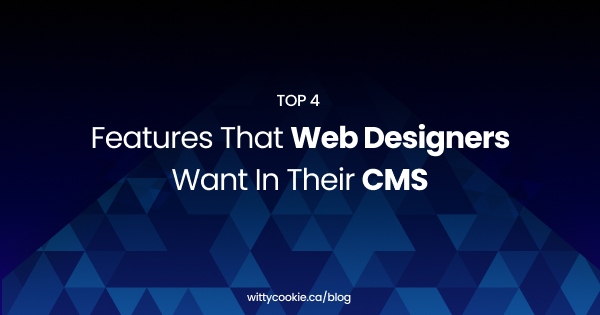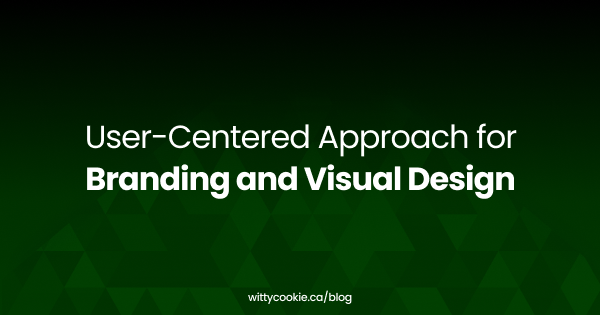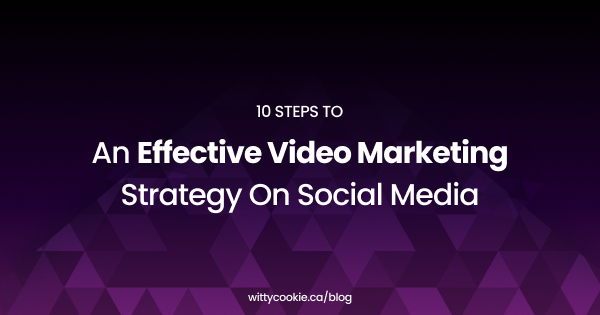Top 4 Features That Web Designers Want in their CMS
 Expectations drive web designers to explore latest plugins and new features in Content Management systems. However, not all CMS tools can deliver up to the requirements, especially when the developers have limited resources in terms of content and images. There are some outright demands that drive the fan-following behind certain top-end CMS tools, and then there are downsides too. What makes the developers line up for best CMS tools in the market? Is it the ease of collaboration? Or, is it the way the whole layout comes alive on a real-time basis without dev-site prototype applications!
Expectations drive web designers to explore latest plugins and new features in Content Management systems. However, not all CMS tools can deliver up to the requirements, especially when the developers have limited resources in terms of content and images. There are some outright demands that drive the fan-following behind certain top-end CMS tools, and then there are downsides too. What makes the developers line up for best CMS tools in the market? Is it the ease of collaboration? Or, is it the way the whole layout comes alive on a real-time basis without dev-site prototype applications!
We bring you top 4 features that CMS web designers love to work with.
1. Web building minus the coding
Developers love to collaborate with a CMS that is easy to handle, with minimum coding hassles. The best content management tools discretely automate the entire CMS web designing layout, without blocking the workflow of the developers. From basic content management to the advanced user-interface features, the web developers skilfully work with a CMS that has no heavy-duty coding involved to keep them running agile.
2. A CMS with in-built memory
Apache is the top web server used for CMS web development that can be hosted on Linux/Unix, OS X and Windows. To work with CMS, the minimum installation disk space requirement is 15 MB, while it could expand to 60 MB or more, as the website is laced with modules and themes to manage database, files and media uploads. Web developers want a CMS with in-built memory to manage all these hassles, and work without any overhead for additional requests for auto-load/auto-detect functionalities.
3. Multi-lingual plugins
Building a website that can be translated into multiple languages is a sign of growth in the business. However, CMS web developers face a hard task when it comes to work around translations and new language coding.
One of the biggest challenges a web designer/developer faces during CMS workflow is the lack of multi-lingual features. It can help the content manager translate pages, posts and customize them for use in different geographical locations, targeting a much wider customer base.
WordPress web designing tools do have multi-lingual plug-ins to ease the challenge significantly.
4. Auto-detection of security issues
PHP-based CMS tools are susceptible to the security issues that are common in other languages too. Caching and loss of threads are some of the basic issues that the CMS web designers want sorted out. Moreover, the auto-detect features are expected to cover latest as well as older versions without bias.
Security loopholes in CMS result in memory hogging and slack in performance, leading to poor website health management. Clearing the caching can increase the pace of CMS without resulting in abandoned custom models. This is so important for ecommerce portals, where caching may result in abandoned shopping carts and loss of threads. It directly hampers customer engagement and experience, resulting in bad web records.
As CMS web development tools become faster and sleeker, these 4 things rank among the top features any develop would want to work with without compromise.



